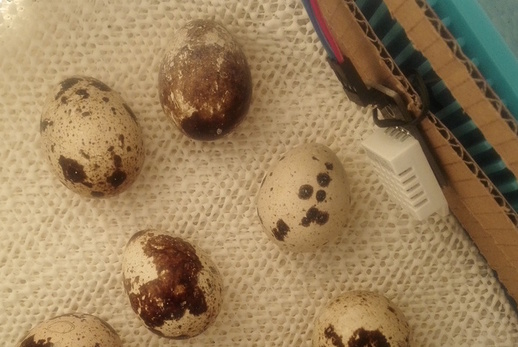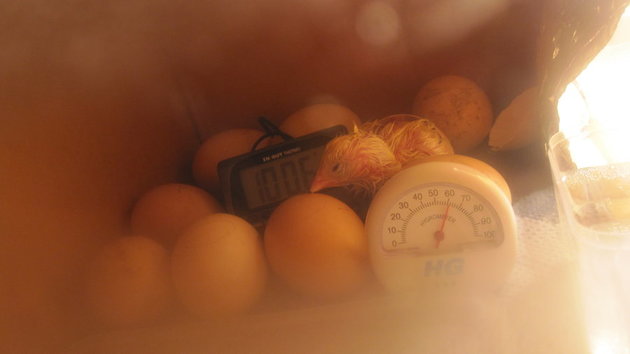21st Century Incubator - Intro
9 June 2017
Since I was a kid, I was always fascinated by biology and was very keen on animals. This interest came from my dad who was a Biologist, Embryologist and Zoologist.
He would come back from university and draw me pictures of different animals and why they looked or behaved in a certain way.
When he began working in the university, they would do experiments on hatching chicken eggs with the students. So every couple of months, he would bring back a few chicks in a cardboard box and I would play with them.
When I was a little older, I was experimental and I toyed with the idea of hatching my own chicks - how could I do that?
Incubator
An apparatus in which environmental conditions, such as temperature and humidity, can be controlled, often used for growing bacterial cultures, hatching eggs artificially, or providing suitable conditions for a chemical or biological reaction.
It's needless to go into too much detail about the specifics of an incubator but for summary: The incubator needs to:
- Maintain temperature around 37.5 °C - Maximum +/- 1 °C is acceptable.
- Maintain a humidity level 30-50% for the pre hatching stage and 60-80% during hatching.
- Turn eggs several times a day - Ideally every hour.
Incubator's these days comprise of an insulated box with a heating element that regulates the air temperature. Traditionally this was done using a mechanical thermostat but nowadays, microprocessors are making this easier and more accurate.
I remember the first incubator i made. It was a cardboard box with a light bulb fixed to the inside as a heat source. Adjusting the ventilation holes on the box would adjust the temperature. This was the only picture i could find:

So what the hell is a 21st century Incubator?
We've seen the move that other electronics have had to the web and to "the cloud". Your fridge can give you a picture of what you have in stock through an app. Your TV can stream videos from your phone. Alexa listens to your voice so it can re-target you on Amazon later.
The pattern we see is that the device is always connected, enabling it to send and receive information from anywhere.
The evolution of the incubator is therefore going to be to make it internet connected.
Wh..What is the point of that?
If you've ever incubated anything or have been watching over anything for a long time, you would know the pain of all information relating to that thing being at one specific location, in this case on the incubator box. To see the temperature and humidity you need to physically get to your incubator.
When you are literally creating life, your nerves are on the high and your mind will be constantly pre occupied with "What is happening in that box". I must have wasted hours of time and the distraction it ensued because of this exact reason.
This is especially true for my situation - A home made incubator - Did I really get it right? I worry!
So by having this data on the web, we are able to access all the details any time, any where. In addition, this allows us to do some very neat things based on this data which will be covered further on Part 3 - Monitoring and Alerts
Before going into that, I wanted to outline how this is all possible using current technology such as the Arduino and Raspberry Pi. So read onto Part 2 - How it’s made to find out more.

